 The Edwards' lab dive team getting pumped on our transit from Adak to Tanaga. From left to right: Scotty, Genoa and Tristin The Edwards' lab dive team getting pumped on our transit from Adak to Tanaga. From left to right: Scotty, Genoa and Tristin R/V Oceanus: California to Alaska, Adak to Tanaga 6/16 - 6/21 Just over a year after starting a jet-set internship with the National Park Service, I found myself in an all-too familiar position; packing and re-packing my bags. The airline’s strict 50lb weight limit per bag meant that I was trying to shave off every gram possible. Normally it’s not too hard packing for a three-week trip. But when that trip involves living on, and diving in, the Bering Sea, things get a little interesting. Hold on, let me back up. About a year and half ago I found myself in Dr. Matt Edwards’ office, hoping that I would be able to catch his attention and vie for a spot in his kelp lab at San Diego State University. After the appropriate formalities, he cut right to business. Matt told me that he had already submitted a grant proposal, along with his colleague Dr. Brenda Konar (from the University of Alaska Fairbanks) to spend two consecutive summers diving in the Aleutian Islands. At that time, he was looking for graduate students who would double as diving technicians for the upcoming research cruises, and asked me if I was interested. I nearly jumped out of my seat; living on a research vessel and diving in the Aleutian Islands sounded like a dream come true. Soon after the meeting, I applied to Matt’s lab and was accepted along with fellow UCSC alums Tristin (M.S. student) and Scotty (Ph.D. student). It didn’t take long for us to bond over our shared interests in marine ecology, scuba diving and Phycology in General. Long hours in classes and in the lab quickly devolved into shenanigans during which we frequently asked ourselves, “what was Matt thinking, bringing us all together like this?” Or rather, “which one of us is getting left on one of the Aleutian Islands first?” Flash forward to June 2016; I have just completed my first year of graduate school and am looking forward to our upcoming expedition. It hardly seems real; we were fortunate enough to load the research vessel, the R/V Oceanus, in San Diego in early May, and were planning on meeting her and the rest of the science team on Adak Island, the most populated of the Aleutian Islands (n=~300 islands). We’re expecting water temperatures in the mid to low 40’s, and air temperatures just a few degrees warmer. The Aleutians are typically blanketed in fog in the summer months, so even though we’ll be working under the midnight sun we’ll hardly see it at all. Packing for a trip like this takes a clear mind. Under our drysuits we wear layer upon layer of fleece and wool, and specially made undergarments. Onboard the Oceanus, the interior cabins are warmed, so pants and T-shirts are fine. On deck, layers come in handy along with Xtratufs; outings to shore require even more planning. After packing clothes for all sorts of scenarios, we each still needed to fly with our dive gear, and a whole assortment of scientific equipment. I departed from Los Angeles on a cold, foggy morning, and I was just beginning to wrap my head around what was coming. In Anchorage, Alaska, I met up with the 12 other scientists and immediately jumped on the once-a-day flight to Adak Island, some 1800 miles to the west of Anchorage. Let me introduce the team! From the SDSU contingent, led by Dr. Matt Edwards, we have Scotty, Genoa, Tristin, Sadie, myself, and Dr. Ju Hyoung from South Korea. Dr. Brenda Konar brought herself, Ben, Sarah, Alex, Jacob and a new student Aaron. For the past year we’ve been Skyping in with Alaska team, discussing our respective plans and sharing data and scientific papers. Seeing the Alaska team in the flesh really brought everyone together; even though many of us had just met for the first time there were no strangers here. The flight to Anchorage foreshadowed our upcoming expedition; the warm and sunny Anchorage skies soon gave way to endless clouds. A brief break in the clouds revealed the water below; an angry, white-capped, dark-grey sea. When we broke through the clouds to land on Adak I was instantly taken aback; looming cliffs and rolling green hills gave way to mountains obscured by clouds. These islands are as breathtaking as they are inhospitable. There are no trees dotting the grassy landscape on any of the Aleutian Islands; it’s hard to believe that at the height of WWII some 60,000 military personnel called Adak home. Not to mention the native Aleuts, who managed to scratch out a living on some of the larger islands. Or the Russian fur traders who wiped out the sea otter populations on all but a few islands. The loss of sea otters is actually what has brought us all here in the first place. When the Russians sold Alaska to the U.S. over a hundred years ago, the sea otters were all but extinct. A few remaining colonies were put under federal protection in the early 20th century, and since then they have made a nascent comeback. That is, until some 40 years ago when Dr. Jim Estes (Matt and Brenda’s PhD advisor), documented a rapid decline in sea otter abundances. Further, Jim noticed a correlation in the kelp forest communities on islands that had otters versus islands that did not. Mainly, islands with otters had extensive kelp forests, and those that did not had urchin barrens. Jim’s work on the decline of sea otters, the increase in sea urchin barrens and the decline of kelp in the Aleutian Islands became the standard for describing what happens in a trophic cascade when top-down controls on communities are released. The sea otters eat urchins, who eat kelp. Lots of otters (at the top of the food chain) means fewer urchins, which means there is less grazing pressure on the kelp, which makes up the basis of the ecosystem. Without the otters, that top-down control is reduced, and the sea urchin populations increase to the point of removing all algae except encrusting coralline algae from the ecosystem (see blog post one for a discussion on urchin barrens). We are here in the Aleutians to further describe this pattern of kelp forest loss, and in greater detail to describe differences in net ecosystem productivity (see blog post one) between three ecotones: 1) urchin barrens, 2) kelp forest/urchin barren transitions, and 3) kelp forests across the island chain. Our mission, now that we have committed to accepting it, is to deploy our benthic chambers (see blog post one) on each island, in each of three ecotones, and to let the associated sensors record the data we’ll need to describe these communities. Each chamber has an oxygen sensor (used to log either photosynthesis or respiration) and a PAR sensor (photosyntheticlly active radiation aka how much usable light is in each system). In total we have 9 chambers, 12 sensor arrays (one outside of a chamber in each ecotone as a control), and 18 lengths of heavy chain (two per chamber) to deploy and then recover the next day. Every 5 hours or so we open the chambers to refresh the water and to check up on them before leaving them to run overnight. This year, we’ll be working on six selected islands east from Adak (except for our first island, Tanaga, which is slightly to the west); next year we’ll target six more islands further to the west. Regardless of what wayward politicians might say, you cannot see Russia from the Aleutians. But, apparently on Attu Island (the furthest west) there is a sign at the Coast Guard air station that reads, “This isn’t the end of the world, but you can see it from here.” Stay tuned, I’ll investigate this further on next summer’s cruise. Loading the Oceanus in Adak felt starkly different than a month earlier when we first loaded some of our field equipment onto the Oceanus. Sunny San Diego is no comparison to the Arctic wildness that is the Aleutian Islands. We hardly had a minute to take in the incredible scenery; we had only a few hours to unpack all of our equipment, and to prepare our gear before the overnight steam from Adak to Tanaga. After it was all said and done, and after a thorough safety briefing from the captain and crew, we were off into the Bering Sea. In our anchorage on Tanaga we were surrounded by breathtaking views. The glassy sea gently lapped at the rocky shores of cliffs towering into the fog. Our bay was at the mouth of a glacial valley, which led to a towering snow-covered volcano looming high above in the thick fog. The Oceanus is equipped with two rigid bottom inflatable boats (“RIBs”), and two smaller inflatables (one of which we loaded from our lab in San Diego). The crew helped us launch all four of the smaller boats off of the Oceanus using a hydraulic crane, and just like that we were in the water. Brenda’s team, who are conducting benthic surveys at Dr. Estes’ historic sampling sites, took off in one RIB and inflatable, leaving us with other two boats. From left to right: Tristin and Pike making sure the gear gets to the Oceanus safely. Pike at the tiller of an inflatable with the vessel in the background. The chambers deployed in a barren. The crew loading a RIB. Genoa , Tristin and Brenda standing next to some of our gear As we puttered out to our dive sites, the cold air whipping past our faces, I was really glad to have already donned my drysuit. The crew let us convert the wet lab (which has access points to the deck and the main cabin) into a drysuit staging area. We strung up hangers to let our suits dry, and there is even a high-powered heater so typically we’re sweating by the time we’re finished suiting up.
I’ll never forget that first plunge into the Bering Sea. As I rolled off of the inflatable all I could think was that I hope my drysuit zipper and latex wrist and neck seals hold; the last thing you want out here is a flooded drysuit. Thankfully, the only rush of cold water I felt was against my neoprene covered hands and head; the instant ice cream headache gave testament to the 42ºF water. I was certainly thankful that the extra room in my drysuit allowed me to wear two layers of base layer tops and bottoms underneath a fleece onesie. I’m pleased to say that deploying the chambers at Tanaga went off without a hitch. Our set up was really concise; we were able to find a perfect transition and barren area, and then an adjacent kelp forest around a nearby point. After working out our deployment and recovery strategies, the Edwards Lab was excited to finally test the experiments we’ve been preparing for over the last year. Working in the barren and transition zones was pretty easy. However, the kelp forest site proved to be a little bit more interesting. The dominant canopy forming kelp in the Aleutian Islands is Eularia fistulosa, also known as the dragon kelp. We soon came to the conclusion that “dragging kelp” might be a better common name. Unlike the giant kelp (Macrocystis pyrifera) back in California, dragon kelp individuals grow as one single stipe reaching towards the surface, with a long continuous blade on either side. Swimming through the kelp forest here is like swimming through fly paper; gauges, hoses, chain, chambers, and divers get impossibly stuck. Aside from a few shake outs, Tanaga can be written off as a success. After two long, but smooth, days we departed from our anchorage and headed east back to Adak, our next sampling site. Time to thaw my fingers and catch up on sleep! Stay tuned for our next adventures on Adak and Atka. And be sure to check out the Edwards' Lab blog for more up to date action!
1 Comment
Batsheva Spector
12/22/2016 02:47:10 pm
wonderful pictures and story!!
Reply
Leave a Reply. |
AuthorPike Spector is currently a Research Operations Specialist with Channel Islands National Marine Sanctuary Archives
August 2022
Categories |
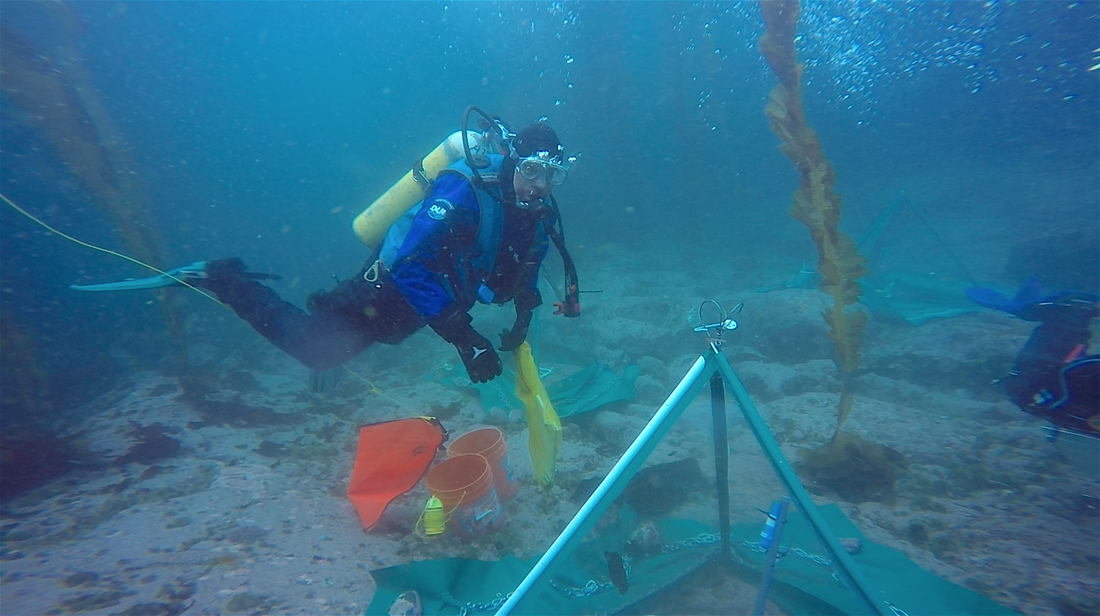
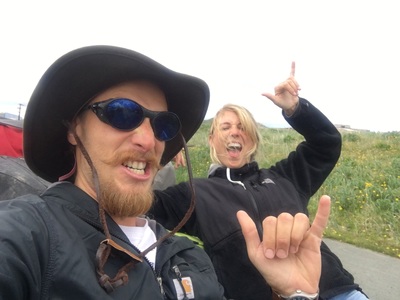
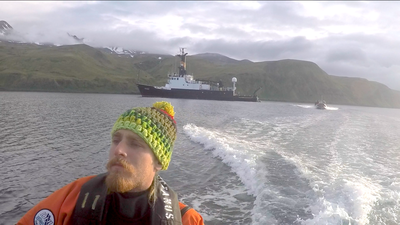
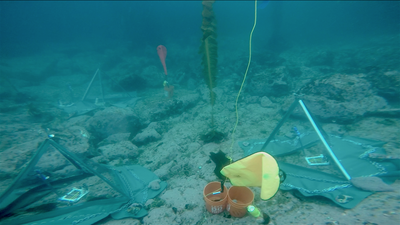
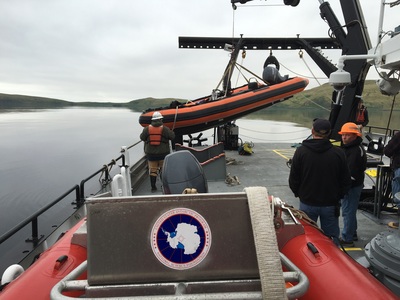
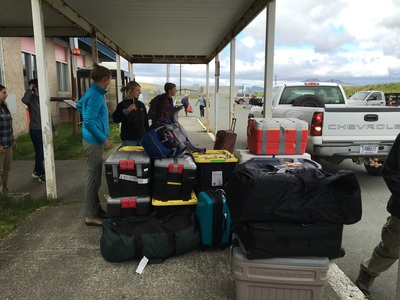
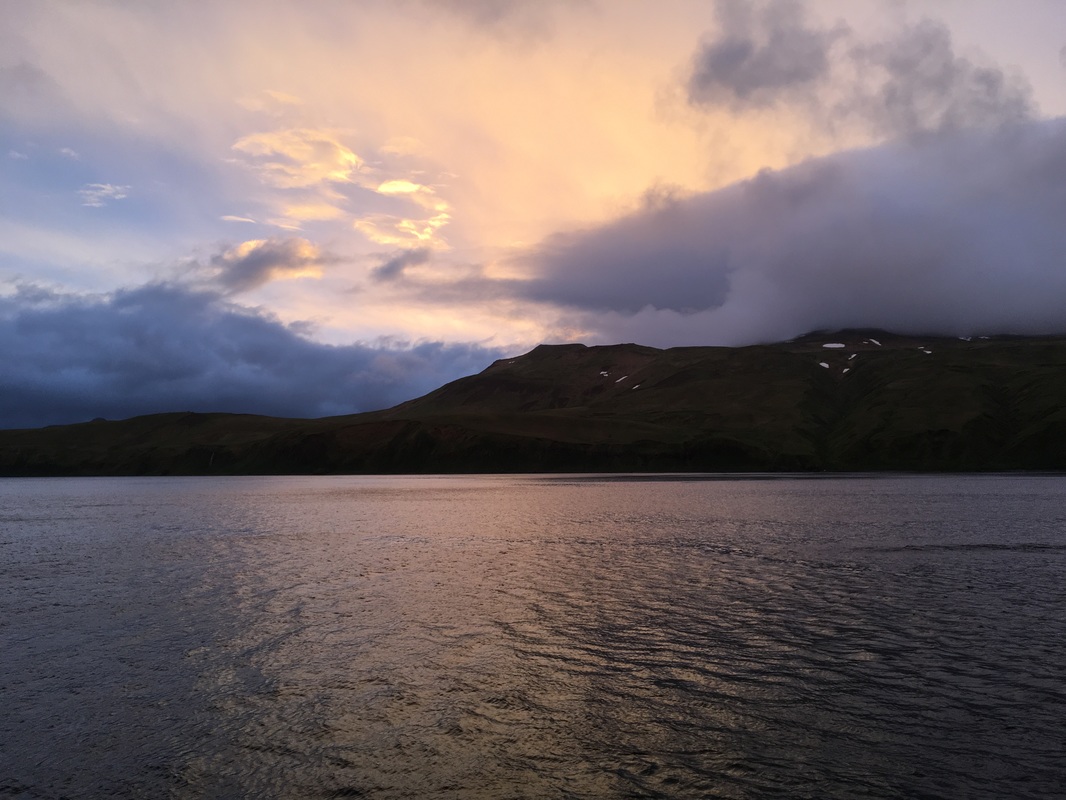
 RSS Feed
RSS Feed
